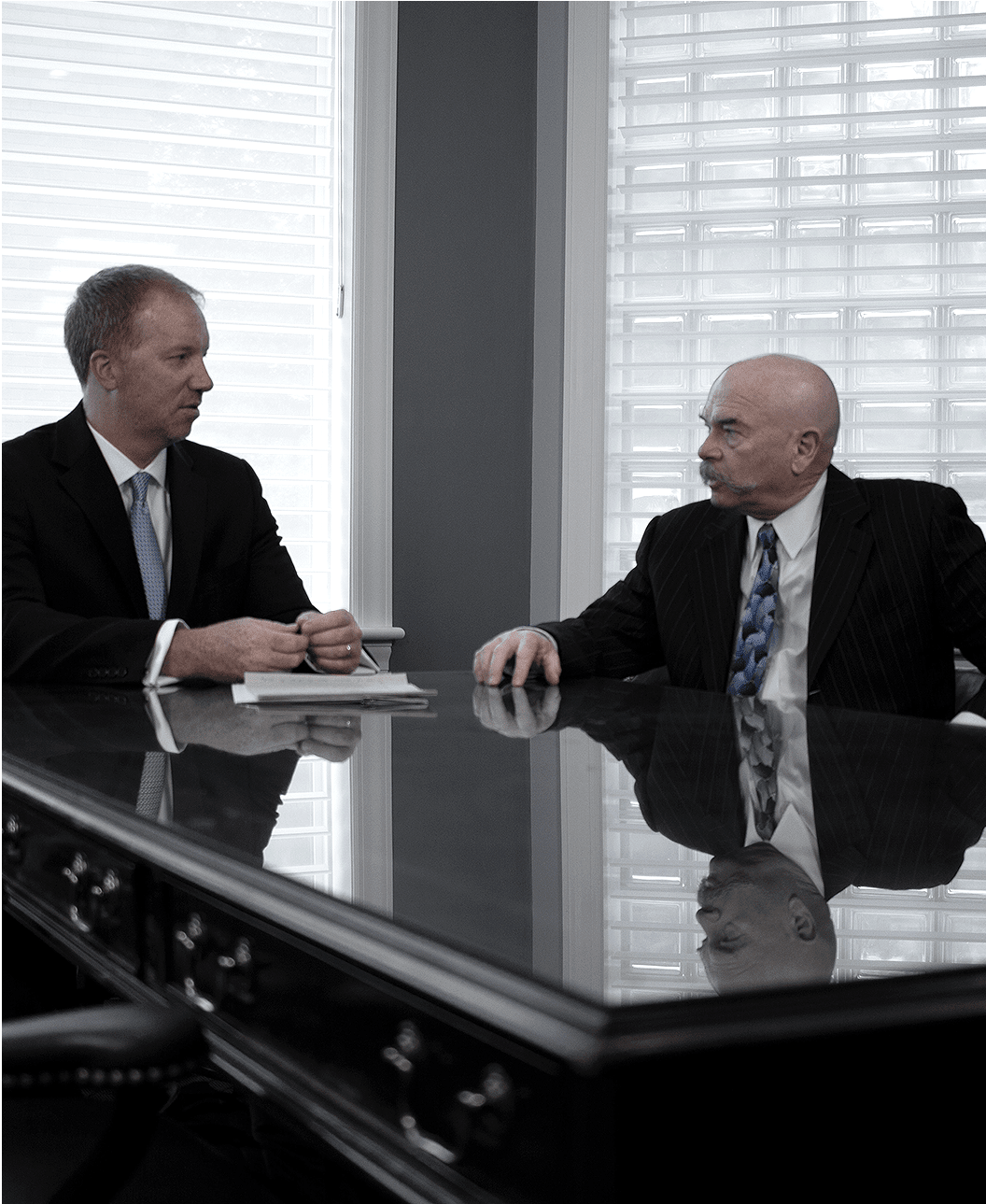Determining Fault In A Pennsylvania Slip And Fall Case
November 20, 2014
Determining fault in a Pennsylvania slip-and-fall case
When determining who was at fault for a slip-and-fall accident, there are several questions that may be asked to come to a conclusion. First, it must be established that the property owner knew about a potential safety hazard and did nothing to fix it. Second, it must be determined that a reasonable person would not have been able to avoid the accident.
Finally, it must be determined that it was not reasonable for dangerous conditions to be present when an accident occurs. For instance, if a leaky roof that led to a wet floor only started leaking hours prior to the accident, the property owner may not have had time to fix the leak or dry the floor. However, if the roof had been leaking for months, it is reasonable to assume that the owner could or should have taken care of the problem.
It is possible that both parties will be declared partially negligent for injuries occurred in a fall. If a property owner had no reason to believe that an injured person would be on his or her property, the person who got hurt may be partially to blame. If the advanced notice was given of the dangerous condition or conditions, the property owner may be absolved of some or all blame for the accident.
Determining fault in a slip-and-fall incident may not be a straightforward proposition. Instead, there may be many nuances involved in the case. However, those who are injured on someone else’s property may wish to hire a premises liability attorney to pursue legal action. An attorney can establish that negligence on the part of the property owner was the sole cause of an individual’s injuries.

